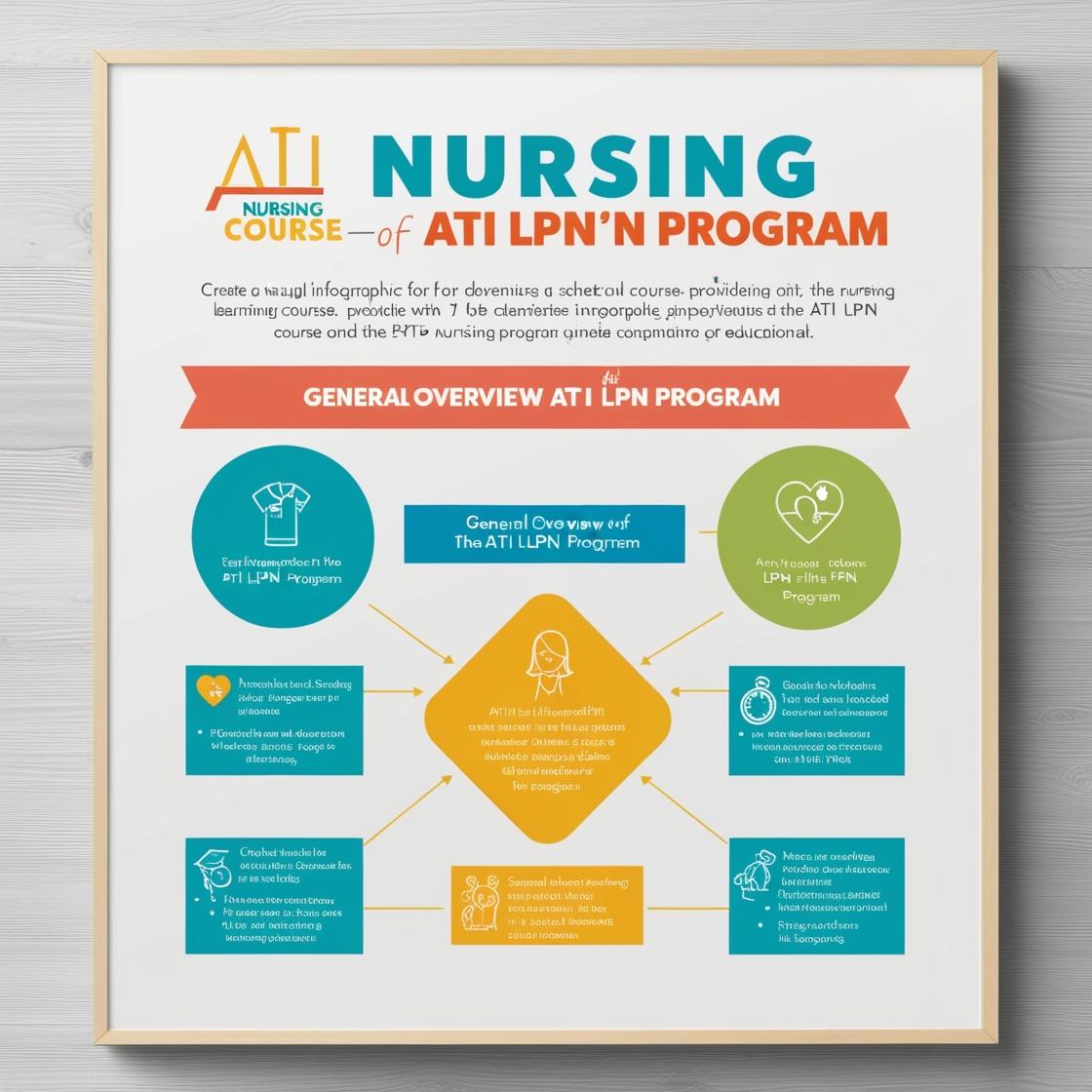LPN LPN
LPN Fundamentals of Nursing Quizlet
1. A healthcare professional is preparing to administer an intradermal injection. Which of the following actions should the professional take?
- A. Use a tuberculin syringe.
- B. Insert the needle at a 45-degree angle.
- C. Use a 1-inch needle.
- D. Aspirate before injecting.
Correct answer: A
Rationale: When administering an intradermal injection, a tuberculin syringe is the appropriate choice due to its small size and precise measurement markings, which are essential for accurately delivering the medication into the dermis layer of the skin. Using a 1-inch needle (choice C) is more common for subcutaneous injections, while inserting the needle at a 45-degree angle (choice B) is typical for intramuscular injections. Aspirating before injecting (choice D) is not necessary for intradermal injections, as the goal is to deliver the medication into the dermis rather than a blood vessel.
2. A client has a stage 1 pressure ulcer on the right heel. Which of the following interventions should the nurse include in the plan?
- A. Apply a heat lamp to the area for 20 minutes each day.
- B. Change the dressing on the heel every 12 hours.
- C. Apply a transparent dressing over the heel.
- D. Use a water pressure mattress.
Correct answer: C
Rationale: Applying a transparent dressing over the heel is beneficial as it can protect the ulcer from friction and shear, and allow for continuous observation of the wound. This intervention promotes healing and prevents further damage to the skin. Choice A is incorrect because applying heat can increase the risk of tissue damage and should be avoided. Choice B is incorrect as changing the dressing every 12 hours may disrupt the wound healing process and is not necessary for a stage 1 pressure ulcer. Choice D is incorrect because using a water pressure mattress is not a specific intervention for a stage 1 pressure ulcer on the heel.
3. A healthcare provider is planning care for a client who has a pressure ulcer. Which of the following interventions should the healthcare provider include?
- A. Massage the ulcer
- B. Apply a heating pad
- C. Reposition the client every 2 hours
- D. Use alcohol-based cleansers
Correct answer: C
Rationale: Repositioning the client every 2 hours is a crucial intervention in the management of pressure ulcers. This action helps redistribute pressure, reducing the risk of further skin breakdown and promoting wound healing. Massaging the ulcer can cause further damage to the skin and underlying tissues. Applying a heating pad can increase the risk of skin breakdown and should be avoided. Alcohol-based cleansers are too harsh for pressure ulcers and can irritate the skin, potentially delaying healing.
4. When caring for a client with a hearing impairment, which of the following actions should the nurse take when speaking with the client?
- A. Speak in a high-pitched voice.
- B. Exaggerate lip movements.
- C. Face the client when speaking.
- D. Use a monotone voice.
Correct answer: C
Rationale: When caring for a client with a hearing impairment, it is essential for the nurse to face the client when speaking. By facing the client, the nurse allows the individual to read lips and see facial expressions, which can significantly improve communication effectiveness. This approach facilitates better understanding and helps the client feel more connected during interactions. Speaking in a high-pitched voice (Choice A) is not recommended as it may distort speech sounds. Exaggerating lip movements (Choice B) can be patronizing and ineffective. Using a monotone voice (Choice D) lacks intonation that helps convey meaning and emotions in speech, making it harder for the client to understand.
5. A client has a new prescription for total parenteral nutrition (TPN). Which of the following actions should the nurse plan to take?
- A. Obtain a random blood glucose daily.
- B. Change the IV tubing every 72 hours.
- C. Apply a new dressing to the IV site every 24 hours.
- D. Weigh the client weekly.
Correct answer: A
Rationale: When a client is on total parenteral nutrition (TPN), monitoring blood glucose levels daily is crucial to manage and detect complications like hyperglycemia, which can occur due to the high glucose content in TPN solutions. Regular blood glucose monitoring helps the healthcare team adjust the TPN infusion rate to maintain optimal glucose levels and prevent adverse events. Choices B, C, and D are incorrect because changing IV tubing every 72 hours, applying a new dressing to the IV site every 24 hours, and weighing the client weekly are not specific actions directly related to monitoring and managing the effects of TPN, particularly in relation to glucose levels.
Similar Questions

Access More Features
ATI LPN Basic
$69.99/ 30 days
- 50,000 Questions with answers
- All ATI courses Coverage
- 30 days access @ $69.99
ATI LPN Premium
$149.99/ 90 days
- 50,000 Questions with answers
- All ATI courses Coverage
- 30 days access @ $149.99
